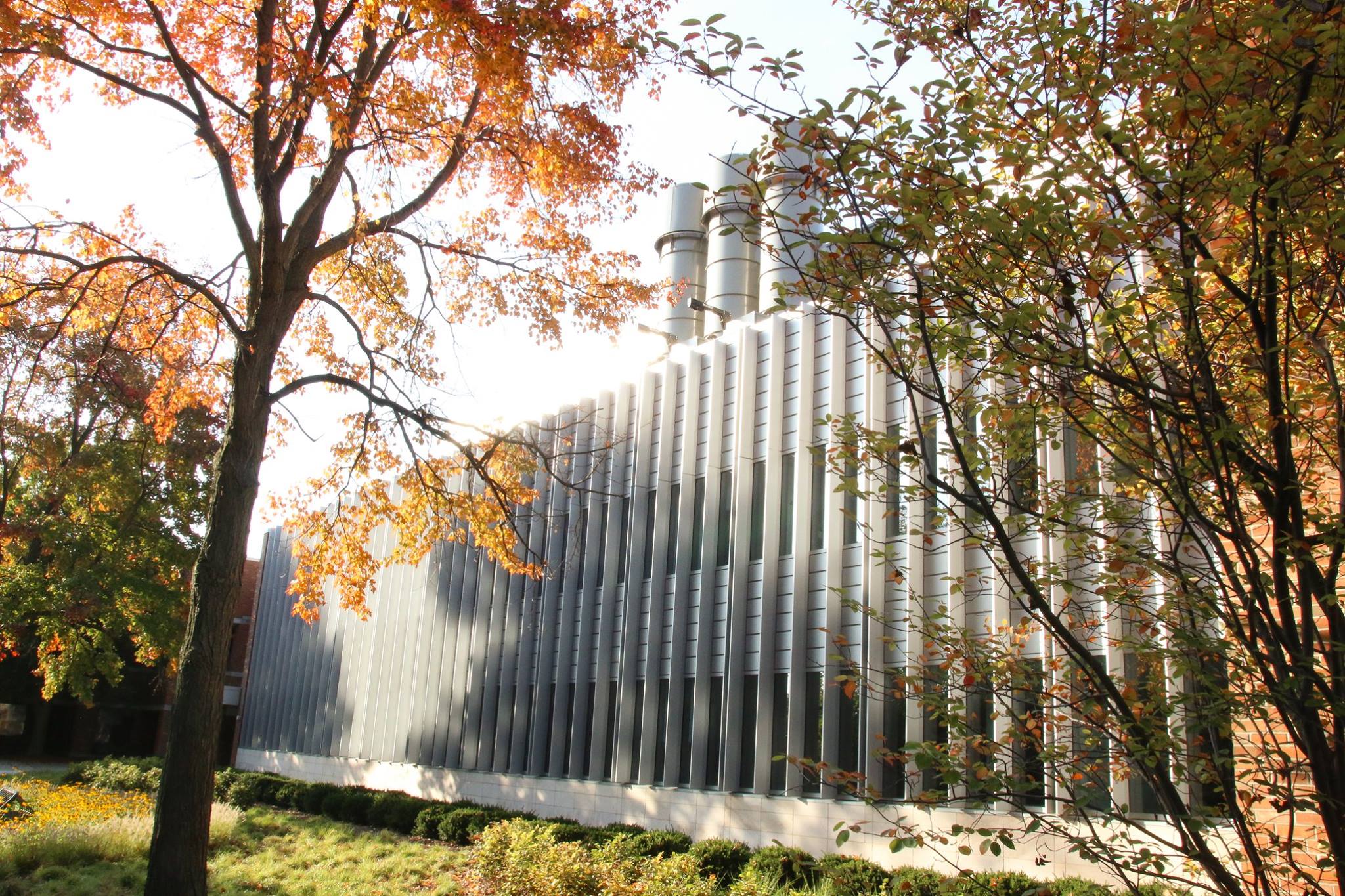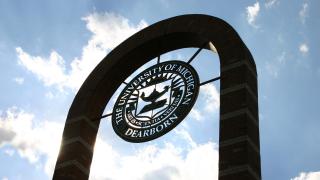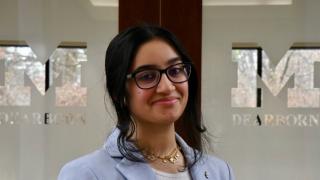
It feels strange to say it, but the end of the Fall 2020 semester is within sight. All in-person classes are pivoting to virtual instruction on Nov. 18, beginning the final phase of the semester which officially concludes on Dec. 22. Of course, it’s been anything but typical, so last week, university leadership took time to field questions from faculty and staff, share their thoughts about how things are going, and look ahead to 2021. We’ve summarized some of the main takeaways from their Nov. 11 town hall below, in case you missed it. You can also watch the full event, which runs about an hour.
A dangerous next phase of the pandemic is looming
One of the first things Chancellor Grasso shared was a conversation he recently had with Governor Whitmer and the leaders of all the universities in Michigan about the near-term outlook for the pandemic. It’s not great news. “One of the things that was pretty frightening to hear is [the state] is thinking ... we’re about four to six weeks away from a major crisis,” Grasso said. “We have about 20 percent of the ICU beds in the state filled. Fifty percent of the cases are occurring outside of southeastern Michigan, so it’s spread well beyond where it originally started. Our positivity rate is over 10 percent, which has climbed very dramatically since the summer, when it was around 3 percent. And the flu season hasn’t even really hit yet. So we’re bracing for some tough times.” That’s a good reminder to be even more diligent about mask wearing and social distancing — and to make alternative holiday plans for the upcoming Thanksgiving break, since health officials are now warning people to avoid spending time indoors with people outside their household group. On that front, the university is encouraging students who live at The Union, Fairlane Meadows and Fairlane Woods to take advantage of free testing if they plan to head home for the holidays or finish out the remainder of the semester from home.
All things considered, things are going well this semester
Even amidst all the uncertainty, there are many signs that the preparations we made for the fall semester are paying off. First and foremost, COVID-19 cases related to university activities remain very, very low. On the academic side, a recent survey of 343 students revealed that a majority are generally satisfied with how the semester is going. It was a big question mark how well students would respond to more asynchronous classes and recorded faculty lectures. But the survey found about two-thirds of students were “generally satisfied” or “very satisfied” with that format. In addition, three-quarters of students said the university was doing a good job communicating details about its COVID response. Another piece of good news: Chancellor Grasso says the 3 percent decline in university revenue is exactly what they predicted and planned for. Going forward, there are still some uncertainties, most notably winter semester enrollment, the upcoming state appropriation, and unexpected costs related to the pandemic. But university leaders are cautiously optimistic about the budget.
There’s renewed momentum for the strategic plan
Back in February, one of the university’s topline initiatives was putting the finishing touches on its new strategic plan. Work on that plan has continued since, and in the coming months, you can expect the ideas that grew out of that universitywide effort to jump back into the spotlight. In fact, the Chancellor recently released a concise, easy-to-read summary of the plan. It’s a great reminder of all the work, collaboration and input that came from the campus community and the guiding principles that will shape university decision making going forward.
A diversity, equity and inclusion plan is due out in early 2021
One of the key pillars in that strategic plan is promoting diversity, equity and inclusion at the university, and some of that work is already underway. A Diversity, Equity and Inclusion Working Group is now guiding a process that will culminate in recommendations for an “integrated plan that will touch each of our university initiatives and culture.” In September and October, the group held several listening sessions and met with campus groups. In November, they’re focusing their efforts on conversations with students and alumni. And in December, the group will begin sharing its initial set of recommendations with the Chancellor and Provost, with final recommendations due in February.
So what’s the plan for next year?
You guessed it: A lot depends on the state of the pandemic. In the near-term, new state restrictions mean that all in-person classes will switch to virtual instruction on Nov. 18, two days before our planned pivot. And the Winter 2021 semester will kick-off remotely, with a limited number of courses switching to in-person in March if the pandemic allows. As for the Summer and Fall 2021, it’s still too early to tell. But the Provost says leaders are now developing a general plan that allows us to adjust to “whatever the pandemic is going to be throwing at us in the spring.” That means the density of people on campus could go up if the situation is improving, or it could remain similar to our current approach if we’re not out of the woods. In the meantime, the Provost says don’t forget to pace yourself and get some rest. “I fully realize that folks are tired, and I know we can stay the course … But Human Resources, the Care and Equity Task Force, and many other people are concerned that folks aren’t taking time off. So if you need a day, take a day.”





